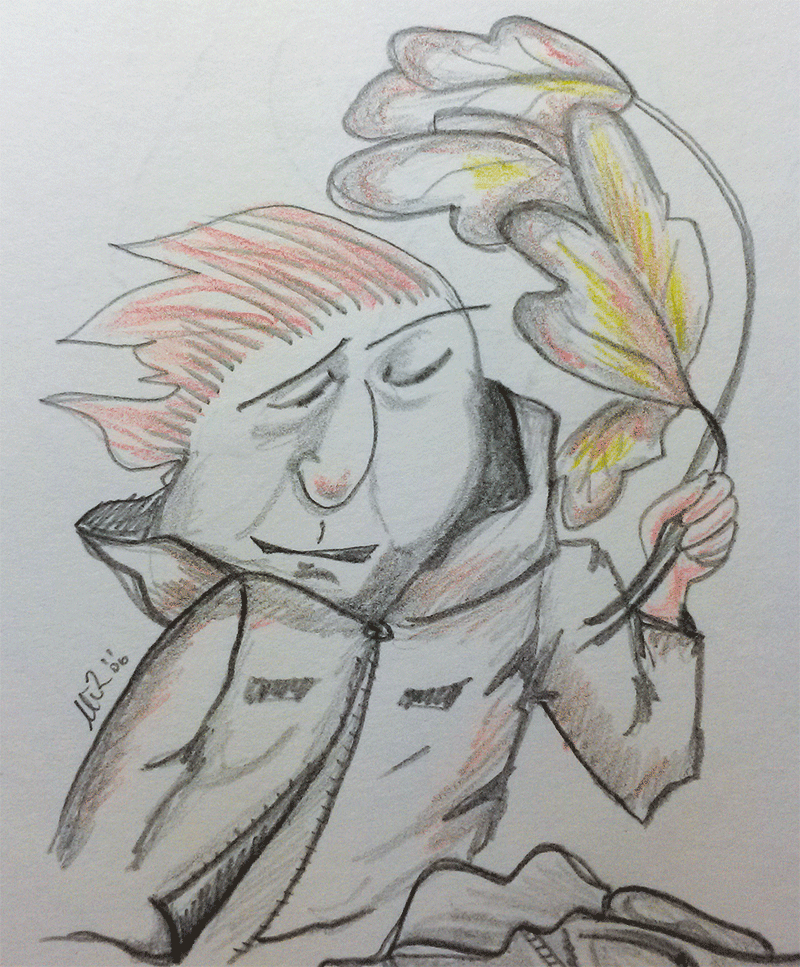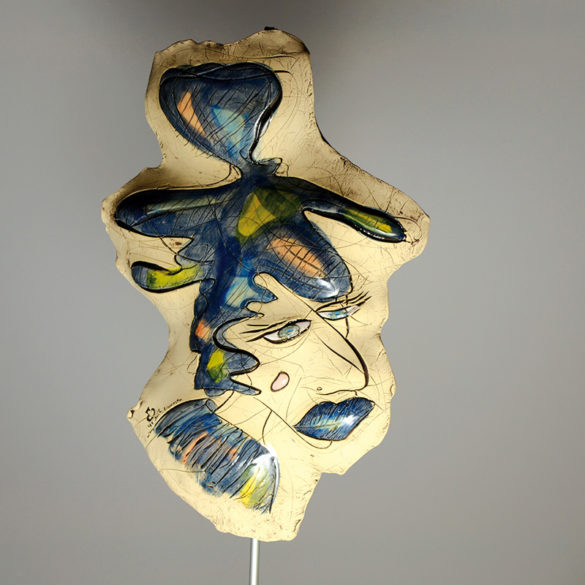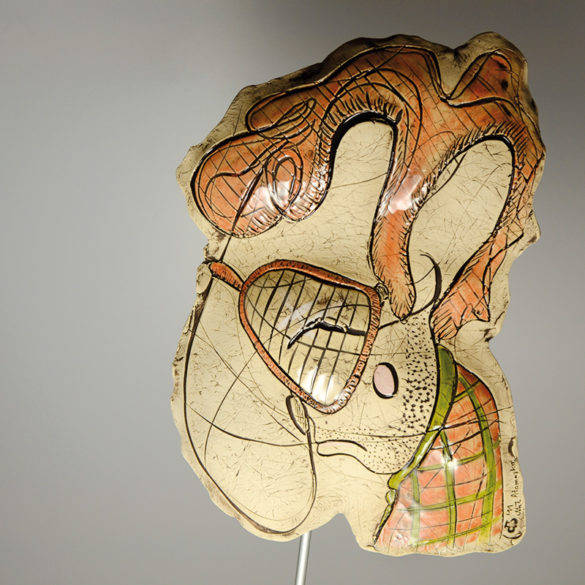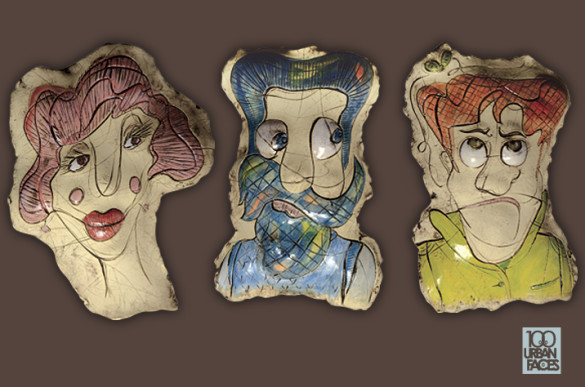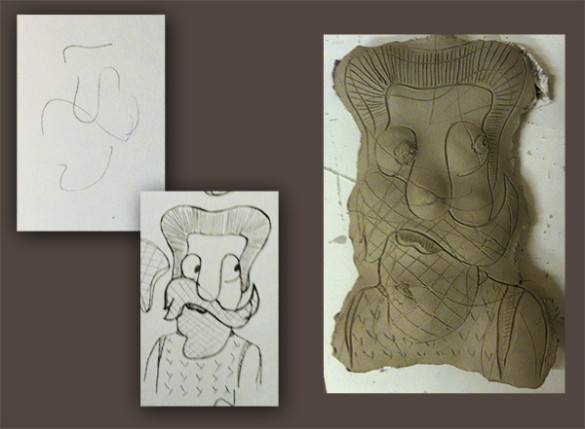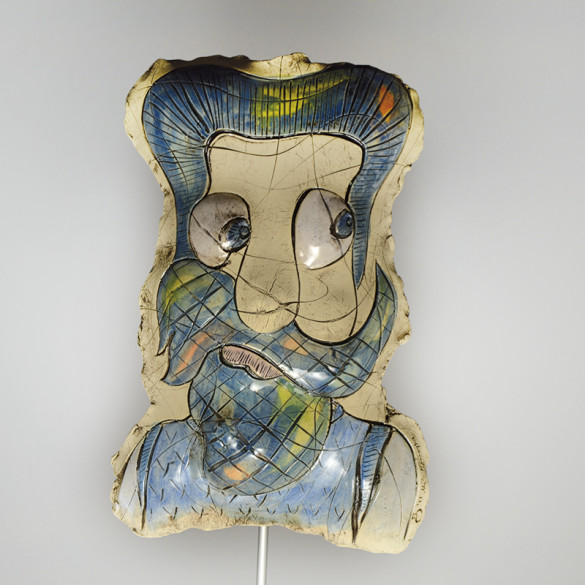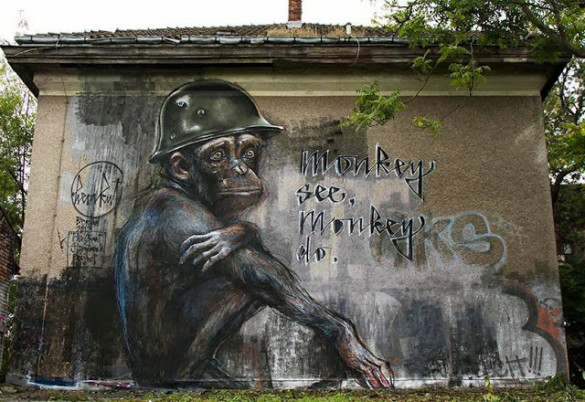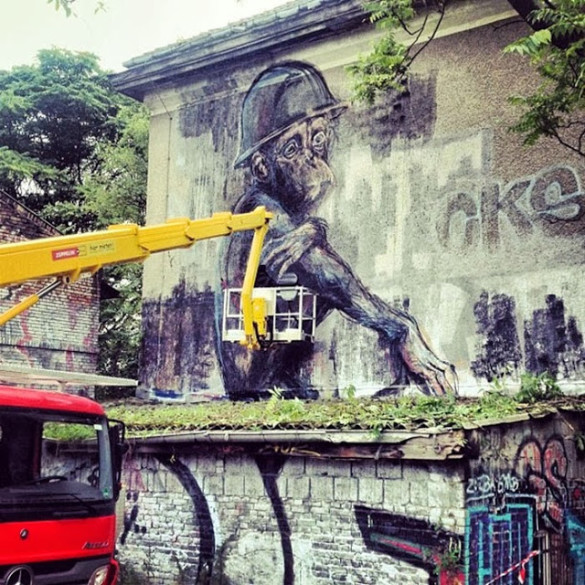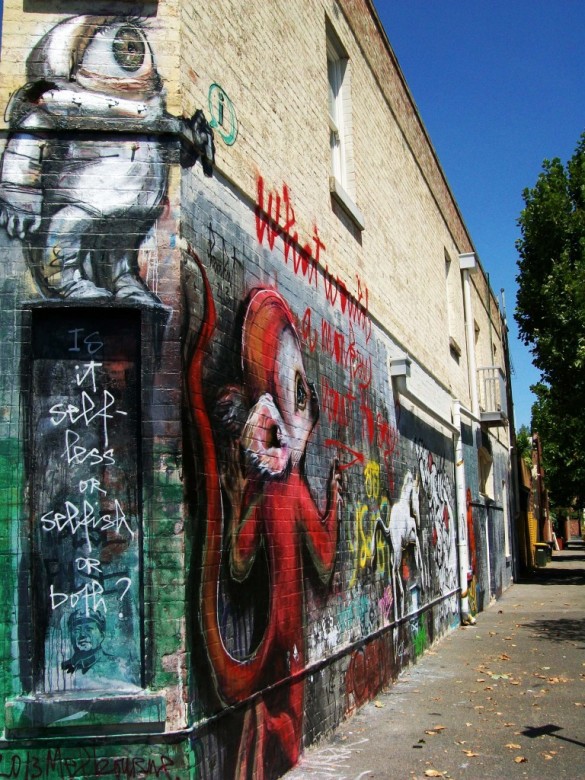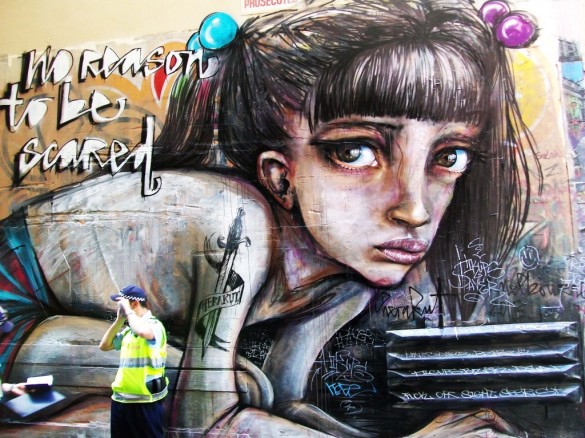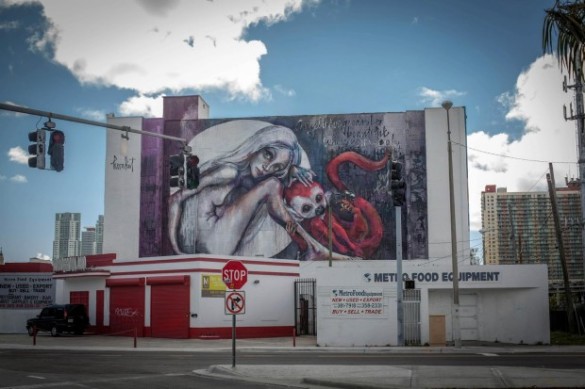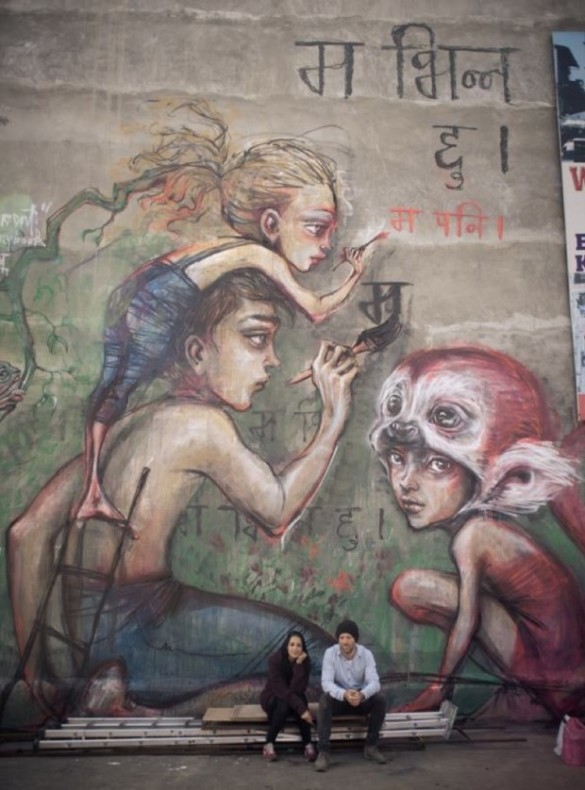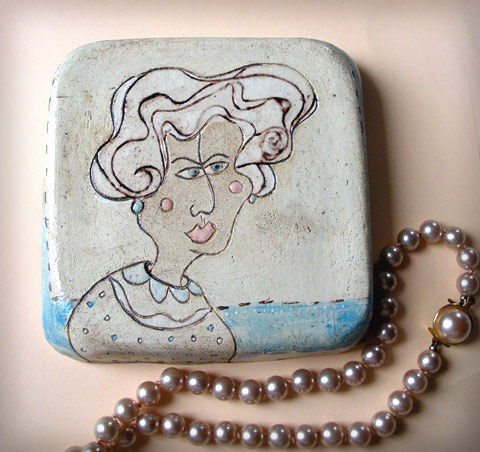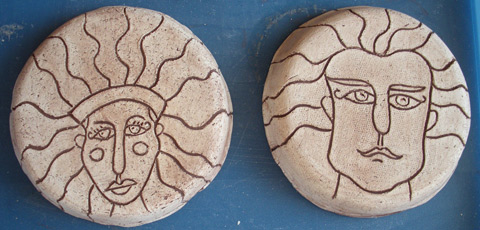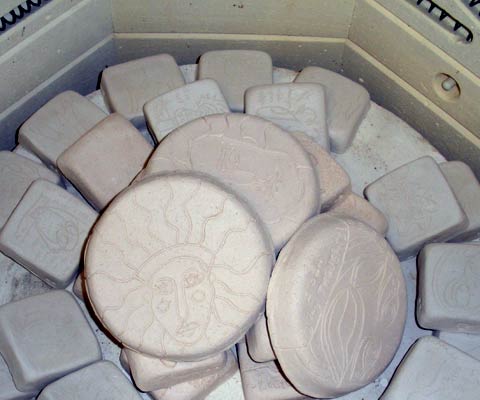Hay muchas razones por las cuales la gente compra arte y son en su mayoría emocionales. A pesar de que 10% de los colectores compran arte como una inversión *, la mayoría de la gente compra arte como un medio de disfrute.
Durante una conversación reciente, una de mis colaboradoras mas fervientes comentó que cuando vió mis 100 Caras Urbanas por primera vez, pensó que eran piezas muy especiales. En la vida vemos algunos objetos especiales, pero no necesariamente se toma la decisión de comprarlos. Así que le pregunté por qué las compró. A lo que me respondió con una franqueza conmovedora:
Cuando posees algo tan original y especial, sientes que tu también eres especial. Es como si la calidad de la pieza se transfiriera a ti de alguna manera.
Gracias Sanne!
+ (Nota: Las 100 Caras Urbanas están disponibles. Para obtener detalles, por favor toma contacto conmigo a través de art@atamayka.com) +


